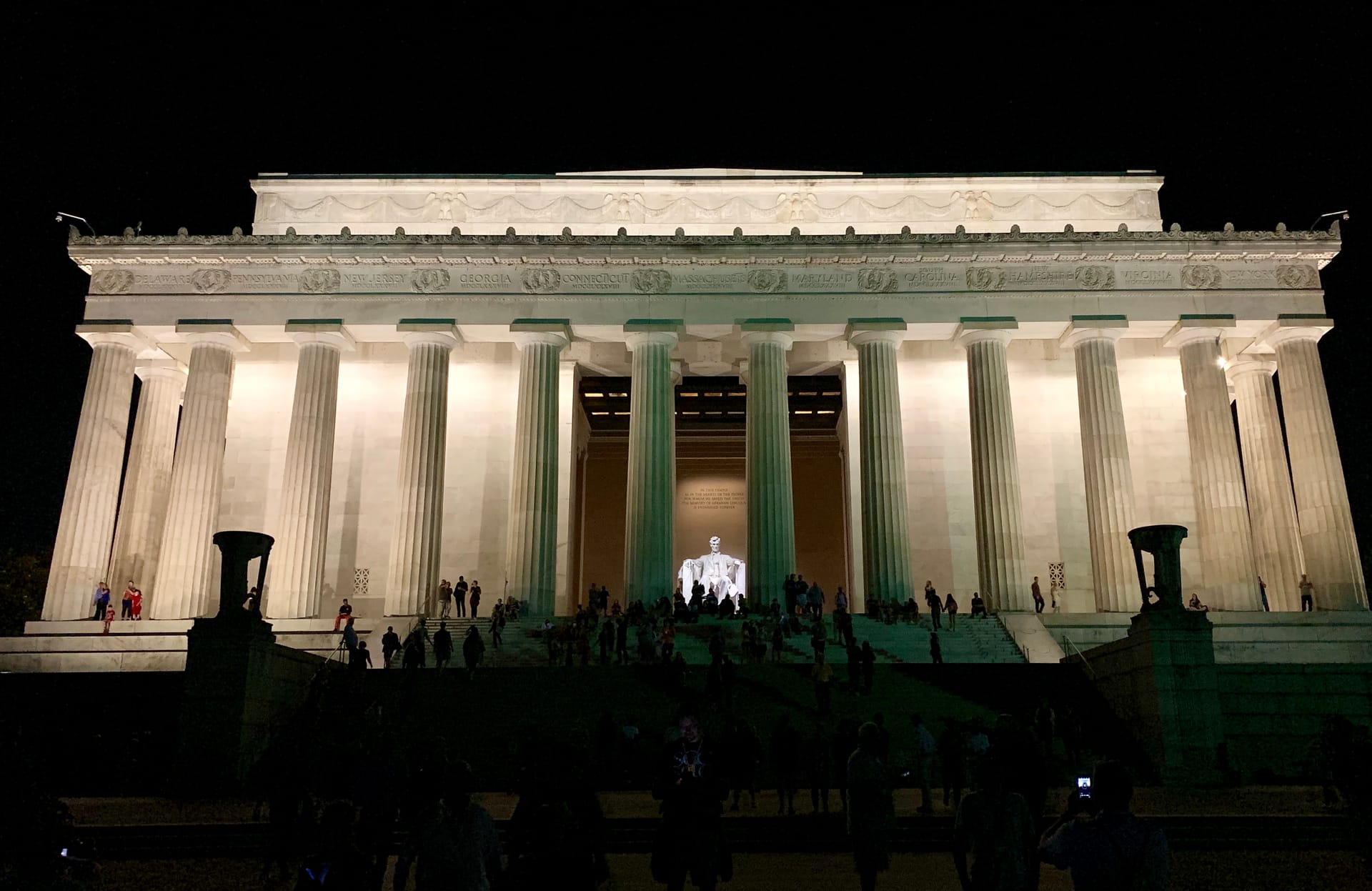A guide to using Signal for government workers

As a federal civilian with some technical know-how, I wanted to share with my fellow colleagues the importance of moving to Signal for messages instead of using other tools like iMessage. There are a few simple reasons why, so we’ll outline them here, and explain how we can all make the switch together. This is a good, concrete step we can all take to keep each other safe.
(Some of you who are geeks will know there are other technical systems like RCS, but those are still very complicated and not really ready even for nerds, so we’re going to skip those for now.)
Signal is a free app that lets you securely communicate with anyone, run by a trusted non-profit that has had an excellent track record since 2018
Credible technology and security experts around the world have looked at the code behind the app to ensure it works as promised. You can get it on any of your phones or devices. Once it’s set up, it works just like familiar messaging apps — you can send text or images, emojis or memes, videos or voice messages, group chats and calls, and all the usual stuff.
Signal messages are always end-to-end encrypted between your device and the recipient’s device
Think of end-to-end encrypted messages as written in code, with a key to the code that no one — not even Signal — can access. With iMessage, if the iMessage service isn’t working (like when you send a “green bubble” message to an SMS user or if the iMessage service is down), your message is completely unencrypted. This means that your messages are stored in plain text on the participating devices, and any interested party could easily read your messages. Examples of when this could happen include the government seeking a warrant for your messages or obtaining a wiretap, or someone gaining access to the network (among others). Plus, if anyone in an iMessage conversation is using iCloud to back up their iMessage messages (which millions of people do), then Apple has a copy of those messages which it can give up if required.
Signal lets you automatically delete your messages
One of the best features of Signal is that you can set up your messages to automatically disappear, either per-conversation or for all of your conversations. With this feature enabled, if someone gets control of the phones or devices that have been part of a conversation, they won’t have access to the messages.
Signal keeps almost no information or data about its users
The only information Signal has is when a user signed up and when they last used Signal; they have no information about who you chat with or call, your contacts, or even your profile ID. (Seriously — your profile ID is encrypted, so they can’t even confirm that your profile exists!) They publish every single subpoena they receive as well as their response. In those responses, you’ll see proof that Signal has basically no information about its users, which is very distinct from iMessage, WhatsApp, and nearly all other communication services.
Signal doesn’t even know who is in a group chat conversation
Nearly every other messaging app keeps track of everyone who is in a group chat. Signal is designed differently so it doesn’t know who is talking to whom. No record of groups can be reconstructed after-the-fact.
There are many more technical reasons to use Signal if you want to go down a nerd rabbit hole, but I hope the reasons above will give you the information you need to give it a try. Moving our communications to Signal will help us protect each other.
If you want a more visual guide, the non-profit Electronic Frontier Foundation, a digital rights organization, has made a helpful how-to document explaining how to use Signal. They also maintain a larger set of resources on protecting your privacy overall, called Surveillance Self-Defense.
Subscribe to get new posts in your inbox

